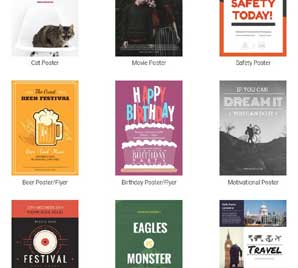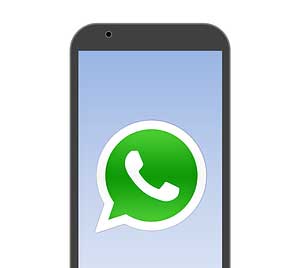How a body Tattoo is created in a tattoo shop
A body tattoo creation in tattoo parlor
Tattoo are attractive, creative and well designed. In today’s world, tattoos are considered as a great trend among many people especially in United States. People are crazy about tattooing their whole body.
Tattoo process step by step
Walking into a tattoo parlor and vast selection of elaborate designs will astound you. Once you make your own choice, the tattoo artists traces the picture. Next the artist places the traced image on carbon paper and retraces the lines. This will creates the outline of the tattoo on the reverse side. The artist will use this blue print called as his guide.
Then the artist cleans then customer’s skin, then firmly presses on the blue print. The carbon image transfers easily because the skin is damp. It’s time to construct the needles. Most of the tattoo required 2 needles. One needle is to make the outline the picture, the other to shade and color it in. Each needle is made up of as many as 20 smaller needles. The artist aligns the small needles in a jig and sorter them together on to the one end of the steel rod. Moreover there is an eye on the other end.
The number of the small needle in the needle depends on the tattoo design. Like how thick its lines are and how big its colored areas are. All finished needles are kept into an autoclave to be sterilized which takes about 20 minutes at 170 degrees Celsius. The tattoo artist uses that time to assemble the tattoo gun. After cleaning the frame with rubbing alcohol, the artist installs the motor called the coil.
Tattoo Technology
When an electric currents runs through the coil, it oscillates the needle at up to 50 times per second. Once the needles are sterilized, the artists takes the one needle for outlining called the liner and slides it into the tattoo gun. The artist then hooks the eye on the other end on to the spring. As the spring moves back and forth, it moves the needle up and down. The tattoo artist starts it with a foot pedal like a sewing machine.
The artist then turns the power supply to ten volts and dabs the needle in the ink cap. The gun sucks up the ink. Some petroleum jelly on to the skin helps the needle glide more easily. The artist then begins by tracing the lines of blue print. The needle punctures the skin at a rate of up to 3000 times per minute injecting micro particles of ink which intermingle with the cells of the dermis [the skin second layer].
Tattoo – A fine work of Art
The artist then continuously wipes away the access ink, as to keep his work area clean. After finishing the outline, the artist reapplies the petroleum jelly. As this process seals the pores of the skin and prevents bleeding. Then the artist changes the other needle and begins shading and coloring the picture with a back and forth movement. The artist applies one color at a time, overlapping them to ensure thorough and even coverage. The needle can penetrate from 1 to 4 millimeters and a good tattoo artist knows just how deep to go to create the different parts of the image.
The artist has to inject the outline to the deepest, but going too deep can tear the skin and cause the excessive pain and bleeding. The skin cell of the dermis are remarkably stable. So the tattoos last for a lifetime. A tattoo creation can take up to 40 – 50 minutes from start to finish. Finally the area will dry and scab over. Then the scab will fall off and now ready for the viewers to see this unique creation on the body.
Working of coil Tattoo machine
There are few different types of tattoo machines but the most commonly used is the coil rotary machine. As this itself is the motor and the head of the needle bar goes through a tube which is technically the grip. The tattoo machine came to a single needle point and it injected ink under the skin. It’s actually multiple needles and they are grouped together for lining, however for shading, it’s more like a paint brush. The ink is held in between those multiple needle points using capillary action and when it’s punctures the skin, it drags the ink down into the dermis.
The rotary machines are pretty easy to understand. The motor of rotary machine has rotational motion and it’s translated to a linear motion at the needle bar. The coil machines are a bit more complicated. When an artist puts on a foot pedal, that direct current is applied to the 2 coils. Now this turns those coils into an electromagnet and pulls the armature bar down, moving the needle. When the armature bar moves down, it breaks the circuit away from the contact screw and that causes electromagnetic field to collapse. The spring then returns the armature and it re-energizes the circuit. This happens over and over again, that’s how the coil machine works.
Some popular tattoo design
Some latest designs that are popular among people like Butterfly, Zodiac, Rose flower, Dream catcher, Dragon, Stars, Wings, Skull, Tree and Phoenix tattoo etc.





